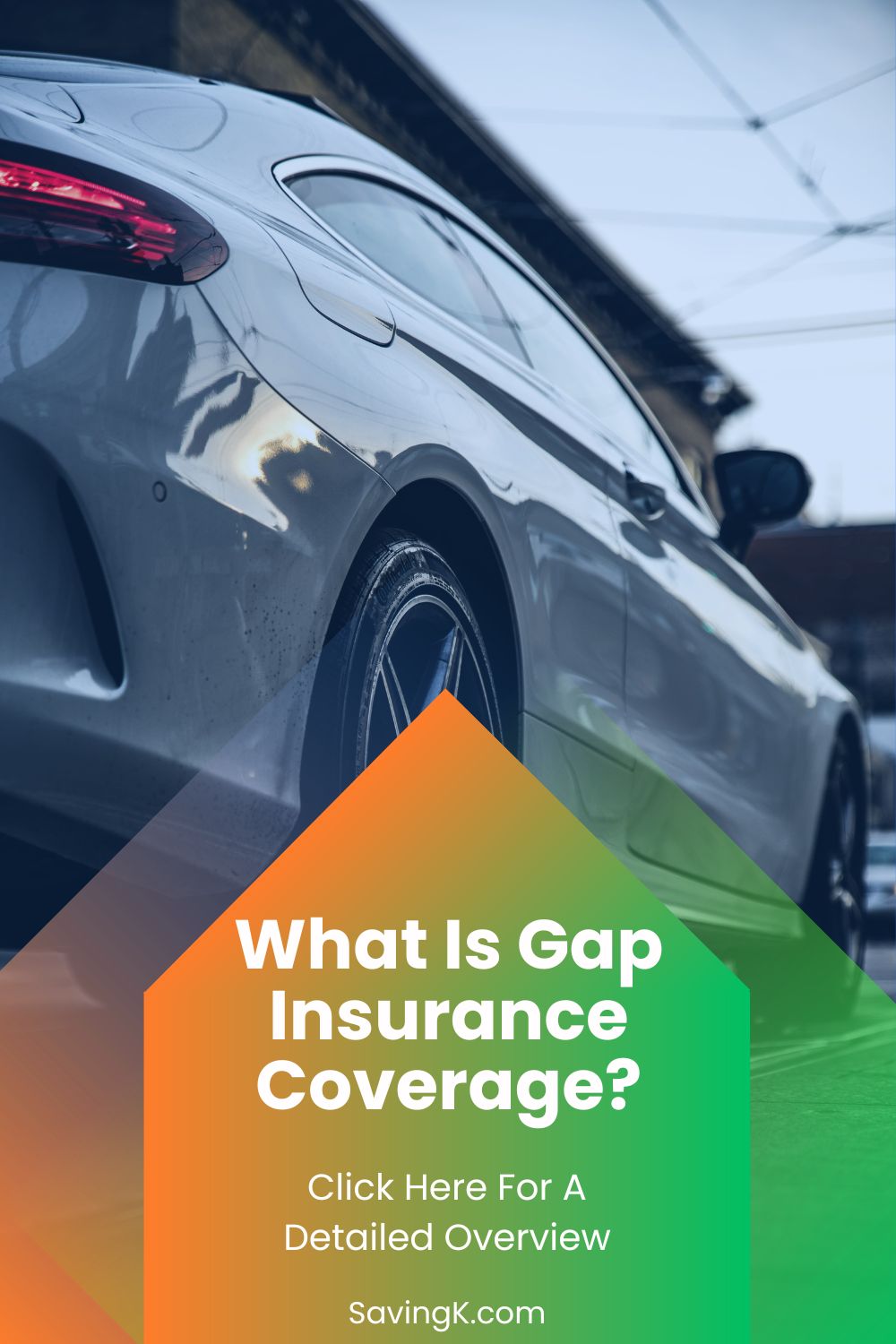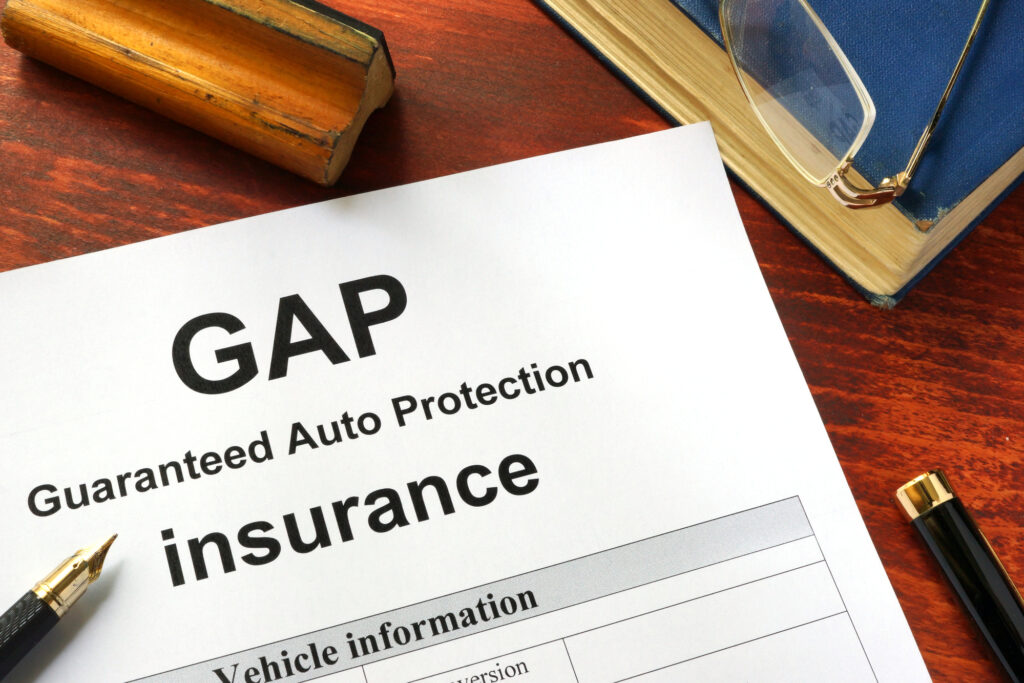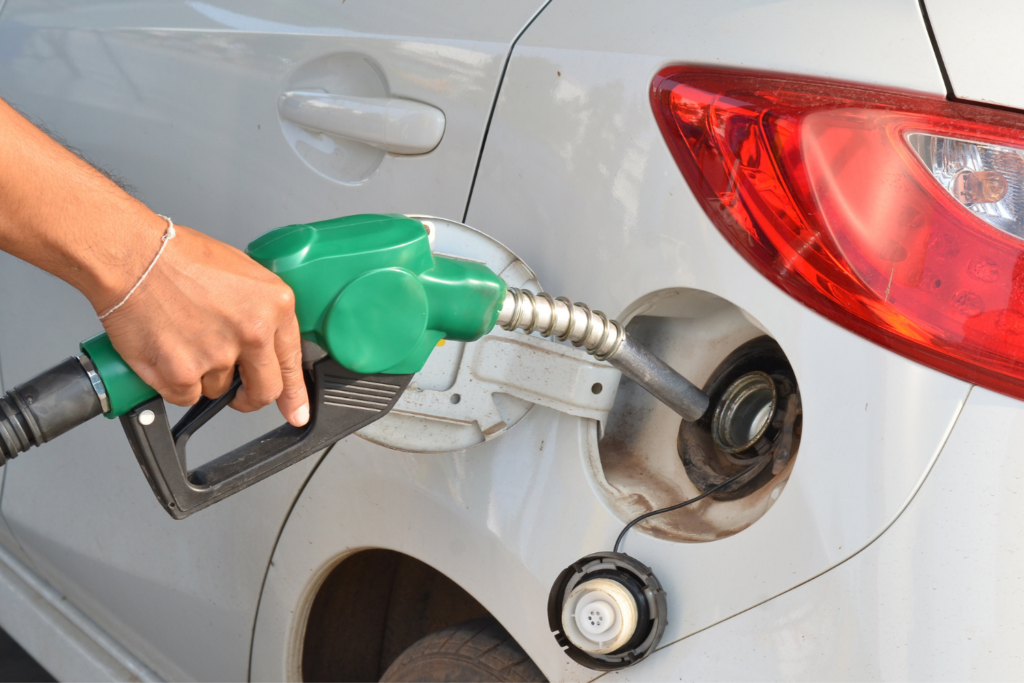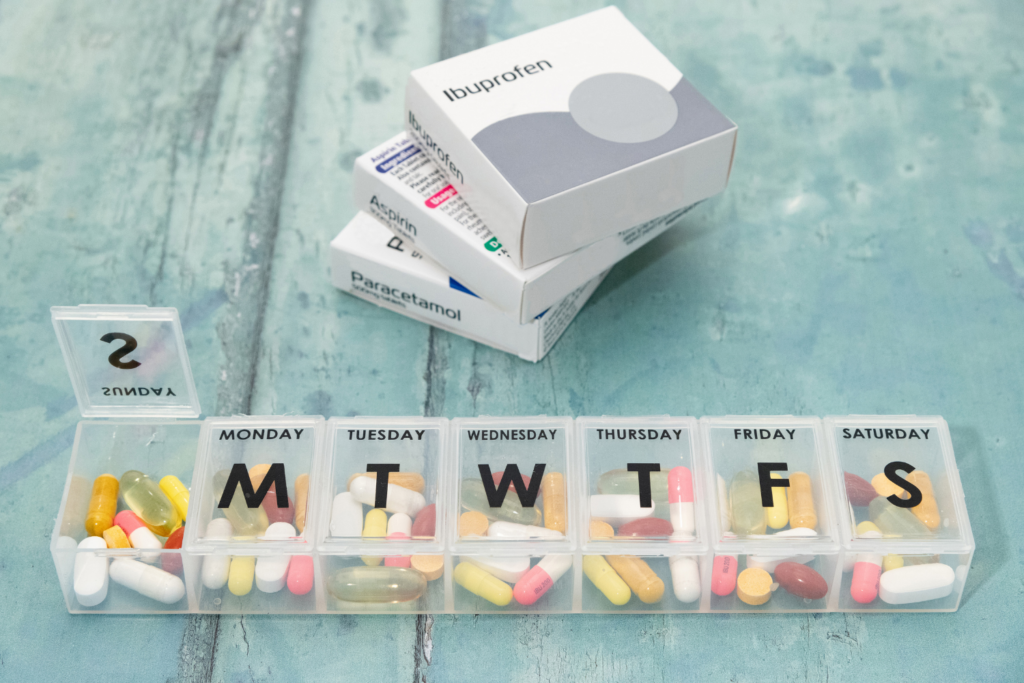
Buying a car is an exciting milestone, but it comes with responsibilities beyond just hitting the open road. One of those responsibilities is understanding your insurance options, and today, we’re here to shed some light on a lesser-known but crucial aspect of auto insurance – What is Gap Insurance Coverage? In this blog post, we’ll discuss what gap insurance is, how it works, how much it costs, and when it makes sense to drop it.
Contents
What is Gap Insurance Coverage?
Let’s start with the basics. Gap insurance, also known as Guaranteed Asset Protection insurance, is an add-on to your standard auto insurance policy. It’s designed to cover the “gap” between what you owe on your car loan or lease and the actual cash value of your vehicle. But why is this gap even a concern?
Imagine you’ve just driven your brand-new car off the dealership lot, and you’re feeling on top of the world. However, as soon as you hit the road, your car’s value begins to depreciate rapidly. In fact, new cars can lose about 20% of their value in the first year alone! If, heaven forbid, your new car is involved in an accident and deemed a total loss, your insurance company will pay you the current market value of the car at that time, not what you originally paid for it or what you still owe on your auto loan. This is where gap insurance comes to the rescue.
Free Gap Ins Quote
How Does Gap Insurance Work?
Gap insurance acts as a financial safety net in situations where your car is declared a total loss, which means the cost of repairing the vehicle exceeds its actual cash value. Here’s how it typically works:
1. Initial Loan Amount
When you purchase a car and finance it through a loan or lease, you’re usually provided with the loan amount or the lease agreement’s total cost. This is the figure you need to keep in mind.
2. Car Depreciation
As mentioned earlier, your car starts losing value as soon as you drive it off the lot. Over time, this depreciation continues. Your insurer will assess the current market value of your car at the time of the accident.
3. Gap Insurance Coverage
Gap insurance steps in to cover the difference between the initial car loan amount (or lease total) and the current market value of your vehicle. This means you won’t be left with an outstanding balance on your loan or lease after your car is declared a total loss.
It’s important to note that gap insurance only covers the gap itself and does not pay for your deductible or any outstanding payments you owe, such as overdue premiums or late fees.
What is an example of a gap insurance?
Let’s say you purchase a brand-new car for $30,000 and finance it with a loan. A year later, the car’s market value has depreciated to $25,000. Unfortunately, you’re involved in an accident, and your car is declared a total loss. Your auto insurance company offers you $25,000, which is the current market value of the car.
However, you still owe $28,000 on your car loan. Without gap insurance, you would be responsible for covering the $3,000 difference out of your own pocket. But if you have gap insurance, it would cover that $3,000 gap, ensuring you don’t have to pay for the remaining loan balance yourself.
How Much Does Gap Insurance Cost?
The cost of gap insurance varies depending on several factors, including your car’s make and model, your location, your insurance company, and the length of your loan or lease. Typically, you can expect to pay a one-time premium for gap insurance when you purchase it, or it can be added to your monthly insurance payments. On average, this cost can range from $20 to $40 per year, making it an affordable option for most car owners.
Free Gap Ins Quote
Here are some factors that can influence the cost of gap insurance:
1. The Type of Vehicle
More expensive vehicles often come with higher gap insurance premiums because the potential gap between the loan amount and the car’s value is greater.
2. Loan or Lease Length
If you have a longer loan or lease term, the likelihood of your car depreciating faster than you’re paying down the balance increases. This can lead to a higher gap insurance premium.
3. Insurance Provider
Different insurance companies offer gap insurance at different rates. It’s a good idea to compare quotes from multiple providers to find the best deal.
While gap insurance is relatively affordable, it’s important to weigh the cost against the potential benefit. Consider the value of your vehicle, the terms of your loan or lease, and your financial situation to determine if it’s a worthwhile investment for you.
When Does It Make Sense to Drop Gap Insurance?
Gap insurance can be a valuable asset, especially during the early years of car ownership when depreciation is at its highest. However, there are circumstances when it may make sense to drop gap insurance:
1. Your Loan Balance Decreases
As you make payments on your auto loan or lease, the gap between your loan balance and your car’s value naturally narrows. Once you reach a point where you owe less than what your car is worth, gap insurance becomes less necessary.
2. Your Car’s Depreciation Slows Down
While all cars depreciate, some models depreciate more slowly than others. If you own a vehicle with a slower depreciation rate, the gap between the loan amount and the car’s value may not widen as quickly, reducing the need for gap insurance.
3. Financial Stability
If you have sufficient savings to cover any potential gap between your loan balance and your car’s value in the event of a total loss, you might choose to drop gap insurance to save on premiums.
4. Lease Completion
If you’re leasing a vehicle and your lease is coming to an end without any plans to lease or finance another car, you can typically drop gap insurance since the lease will be satisfied, and you won’t have an outstanding balance.
In conclusion, gap insurance can provide peace of mind and financial protection during the early stages of car ownership when depreciation is rapid. However, as your loan balance decreases and your car’s depreciation slows down, you may find that the need for gap insurance diminishes. It’s essential to assess your individual circumstances and consult with your insurance provider to determine when it’s appropriate to drop gap insurance. Remember, the goal is to ensure that you’re adequately protected while also managing your insurance costs effectively. Safe driving!
Free Gap Ins Quote
Featured Image Credit: Deposit Photos





